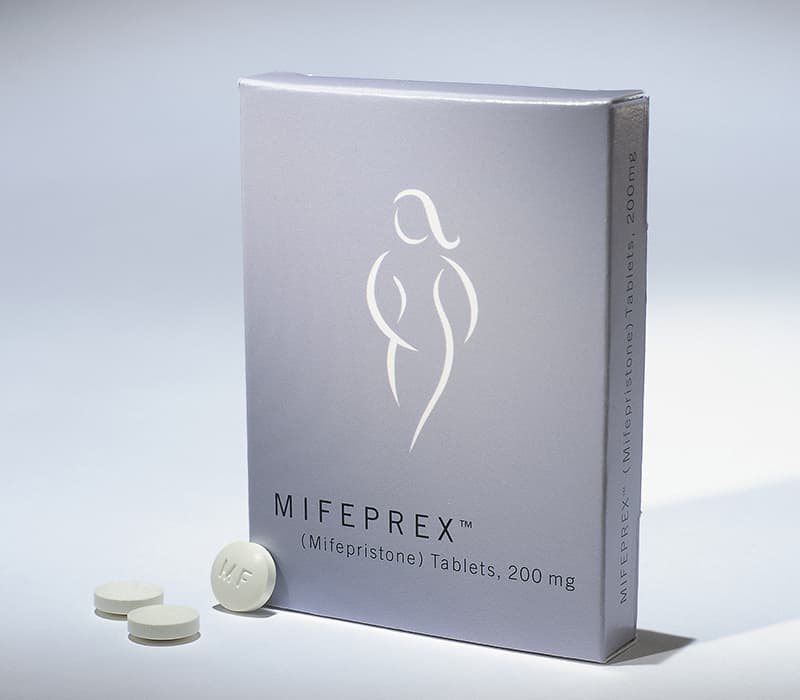You can comfortably end your pregnancy with the help of numerous abortion techniques. There are primarily two ways to end a pregnancy: the pill-abortion method and the surgical abortion technique. Your doctor may use some medical tools to remove the pregnancy tissue from the uterus during a surgical abortion. This process takes a few hours to finish. Your doctor will choose two different birth control pills for the Abortion Pill treatment. Under the supervision of your healthcare provider, you can take these medications at home. The process can take a few weeks to finish. If you experience any difficulties while having an abortion, call your doctor right away for quick assistance. Let’s talk about the mechanism of activity of the misoprostol abortion tablet.
Procedure for Abortion Preparation
Your doctor will ask about your medical history and examine you before your abortion process start. A productivity test is still required to confirm your pregnancy despite using a home pregnancy test. You will have an ultrasound to determine how many weeks along you are and the size of the tissue.
To determine if you are Rh-positive or Rh-negative your blood sample will be tested. The RH protein derives from numerous different women’s red blood cells. Rh-positive blood cells identify through analysis. Red blood cells from some women are characterized as Rh-negative because they lack the Rh protein.
How It Worked
The approach will depend on your pregnancy periods, your medical history, and your choice. The pill abortion procedure allows for safe early-pregnancy abortions that occur before nine weeks. Abortions can be performed after 24 weeks using drugs that induce labor and cause uterine withdrawals or by taking these drugs before the procedure.
Pill Abortion Method
Medical abortions are those carried out while using medicine. Within 70 days of gestation, it can give birth. It estimates how many days there are starting on the first day of your most recent period. In this technique, several doctors utilize a combination of Mifepristone and Misoprostol to limit pregnancies.
Mifepristone is taken orally in the form of a tablet. This medication reduces the impact of a hormone that boosts productivity.
When used with the medication Misoprostol, mifepristone is more effective. You can take this medication one or two days after taking your regular medicine. The uterus’s contraction will be beneficial. Your pregnancy can end in two weeks if you take the combination of these two medications.
For a medical pill abortion process, misoprostol and mifepristone are combined. A prostaglandin-like medication called misoprostol causes uterine contractions. To receive treatment, there are a few things to take. Placing the pills between the cheek and the gum is the simplest method. It is highly beneficial that misoprostol can continue to enter the vagina. The usage of medications or putting them under the tongue causes negative effects such as diarrhea, nausea, and vomiting.
How it Work
Mifepristone will be given to you during your visit to the doctor. Vomiting is one of the first pill’s side effects. After this first medication, you ought to feel content. One or two days later, you can take a second medication known as misoprostol. Your doctors suggest you take this orally by inserting a small amount into your cheek and allowing it to gradually liquefy, or you can insert a small amount into your vagina. It aids in the digestion of all the drugs in your bloodstream.
Within a few hours of taking the drug, you can have cramping and start bleeding. You might feel the pregnancy on a pad or in the restroom for a few hours.
Final Words
One of the most popular and trustworthy procedures today is the medical abortion method. With the medical Abortion Pill, you can easily end your early pregnancy. If you experience any issues during or after your abortion, you should immediately contact the abortion clinic. You can use the comment section to ask any further questions you may have regarding medical abortion at 24 weeks.

